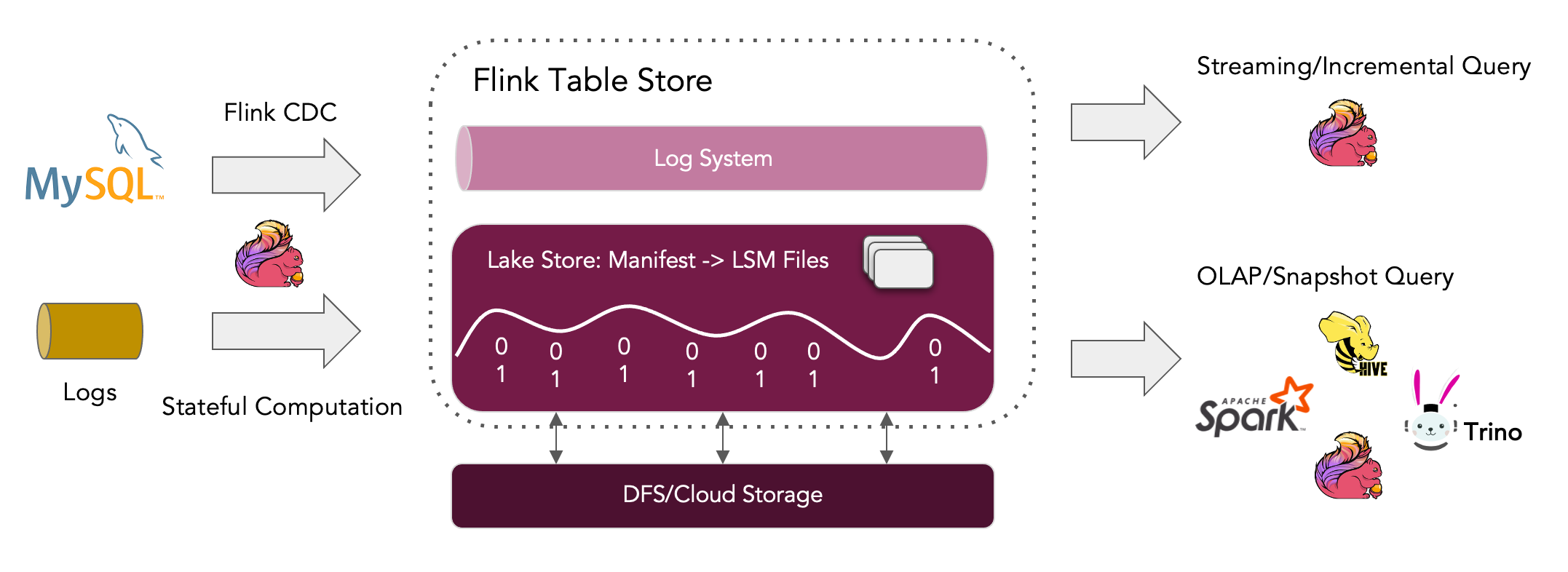Running Multiple Pipelines in Apache Flink: Separate Jobs vs. Single Job with Multiple Pipelines
When it comes to building data processing flows in Apache Flink, there are times you might want to run multiple independent pipelines, ideally sharing resources for efficiency. Here, we explore two common approaches to achieve this and provide a practical guide to help decide which one best suits your use case.
Imagine you have two independent flows that look like this:
- Flow 1: Source1 -> operator1 -> Sink1
- Flow 2: Source2 -> operator2 -> Sink2
The goal is to use a single Flink cluster for both flows to avoid redundant infrastructure. Let’s examine two approaches:
Approach 1: Submit Separate Jobs
In this setup, you submit two distinct jobs to the Flink cluster—one for each flow. Each job has its own lifecycle, configuration, and execution.
Advantages of Using Separate Jobs
- Isolation and Simplicity: Each job runs independently, making code easier to maintain and isolate.
- Granular Configuration: You can set specific configurations per job, like fault tolerance settings, parallelism, heap sizes, and checkpoint intervals, to optimize each flow individually.
- Reliability: Since each job operates independently, a failure in one job does not impact the other. This makes it easier to manage state and perform targeted restarts or savepoints.
Drawbacks of Using Separate Jobs
- Higher Infrastructure Costs: Each job may require its own resources, leading to higher infrastructure costs since resources aren’t shared across jobs.
- Complex Monitoring: More jobs mean more moving parts to monitor and manage, potentially adding complexity to your DevOps pipeline.
Approach 2: Define Multiple Pipelines in a Single Job
Alternatively, you can define multiple pipelines within the same job. In Flink, a job is defined by a single StreamExecutionEnvironment, so this approach involves setting up both flows within one environment and executing them together. Here’s how you can do it:
1 | public class StreamingJob { |
Advantages of Using Multiple Pipelines in a Single Job
- Reduced Infrastructure Costs: By running both pipelines in a single job, you can share resources, which helps reduce infrastructure costs.
- Simplified Monitoring and Deployment: Monitoring a single job is generally easier, and deploying updates or hotfixes can be streamlined by managing a single codebase.
- Optimized Resource Usage: Since resources are allocated at the job level, you may achieve better utilization when processing multiple pipelines together.
Drawbacks of Using Multiple Pipelines in a Single Job
- Shared Failures: If one pipeline fails, Flink restarts the entire job, meaning both pipelines are affected. This can disrupt overall processing and may be a risk if you need one flow to be highly resilient.
- Interdependency in Resource Usage: A bottleneck or back-pressure in one pipeline can affect the entire job. Since Flink takes a single snapshot per job, both pipelines share the same checkpoint and back-pressure, which may lead to performance trade-offs.
- Limited Control on Resource Allocation per Pipeline: You cannot configure resource usage (like memory or CPU) specifically for each pipeline. This could be restrictive if one flow requires more intensive processing than the other.
Which Approach Should You Choose?
The choice between these two approaches hinges on your application requirements, specifically how critical isolation and independent fault tolerance are for your flows.
- Choose Separate Jobs if:
- Isolation and fault tolerance are paramount, and you prefer each flow to be independently managed.
- You need fine-grained control over resource allocation and configuration for each pipeline.
- You have sufficient infrastructure budget and prefer simpler, modular code that’s easier to test and manage separately.
- Choose Multiple Pipelines in a Single Job if:
- Cost efficiency is a priority, and sharing resources across pipelines makes more sense.
- Both pipelines have similar performance and resilience requirements, and interdependency in failure or checkpointing is acceptable.
- You want simplified monitoring and maintenance with a single deployment pipeline.
Conclusion
Running multiple pipelines on the same Flink cluster can be efficient, but balancing isolation with shared resources is key. If isolation is critical, independent jobs offer a robust solution with greater control over resource allocation and failure management. On the other hand, a single job with multiple pipelines can reduce infrastructure costs and simplify deployment and monitoring, albeit with potential limitations in fault tolerance and back-pressure handling.


